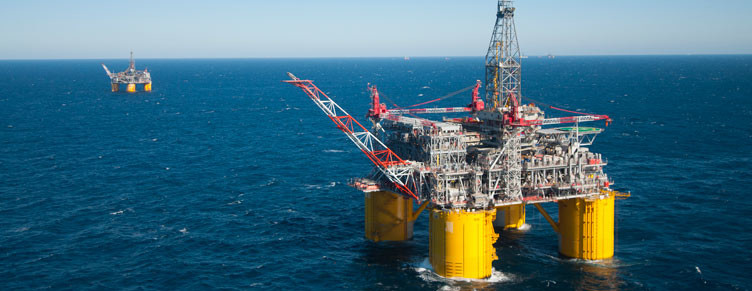A forthcoming carbon burial plot in Texas state waters sets the stage for what could evolve into the widespread repurposing of depleted Gulf of Mexico wells, a U.S. Department of Energy (DOE) engineer said.
In the first ever offshore carbon capture and sequestration project in the U.S., Gulf of Mexico operator Talos Energy has teamed up with Freeport LNG Development L.P. to permanently store carbon dioxide (CO2 ) in a dedicated wellbore immediately offshore the pretreatment facilities of Freeport LNG’s liquefied natural gas (LNG) export terminal in Freeport, Texas. Talos and its operating partner Storegga Geotechnologies Ltd., a European carbon management company, plan first injection by year-end 2024.
“We look forward to advancing this project with Freeport LNG and hope to successfully reach first injection within approximately three years, which would make this the very first active carbon sequestration project on the Gulf Coast,” Talos President and CEO Timothy Duncan said when the project was unveiled on Nov. 16.
If the Biden administration has its way this will be the first of many offshore and onshore carbon capture, sequestration and utilization (CCSU) projects designed to restrain CO2 from entering the atmosphere. Nearly $12 billion is included in the recently enacted infrastructure legislation for CCSU and related activities, Sarah Leung, a DOE carbon transport and storage engineer, said at a Nov. 10 virtual technology forum sponsored by the International Association of Drilling Contractors (IADC) Drilling Engineering Committee (DEC). The earmarked expenditure, she said, “is consistent with global and national priorities as well as the administration’s ambitious climate goals.”
A blanket designation, CCSU entails the complex separation of CO2 from its host fluid stream, after which it is used in the production of synthetic fuels, enhanced oil recovery and other beneficial reuses or, more commonly, permanently encased in geologic formations before it can materialize into airborne emissions. Producers and industrial consumers generally support CCSU initiatives, as a means of maintaining the viability of fossil fuels in an increasingly low-carbon world.
The DOE is working with sister agencies the Bureau of Safety and Environmental Enforcement (BSSE) and Bureau of Ocean Energy Management (BOEM), partly to identify Gulf of Mexico wells that have outlived their productivity, but can be re-engineered as carbon sequestration wellbores, she said.
“It’s interesting to me to see the parallels between producing wells and now reversing the flow and injecting carbon into the subsurface,” said Leung, who worked as an oil and gas industry engineer before joining the DOE. “We're looking at repurposing these legacy wells as monitoring or injection wells.”
Owing partially to infrastructure enhancements, a barrel of oil produced from the deepwater Gulf of Mexico is said to contain among the industry’s lowest carbon content. Those barrels have been flowing at full capacity since Nov. 5 when Shell Offshore restarted production earlier than expected on the deepwater Mars and Ursa platforms that were among those crippled by Hurricane Ida in late August.
Along with Leung, the DEC forum assembled operators, drilling contractors and oilfield service companies to explore the “Future of Energy: Opportunities for Drilling and Equipment Innovation.”




